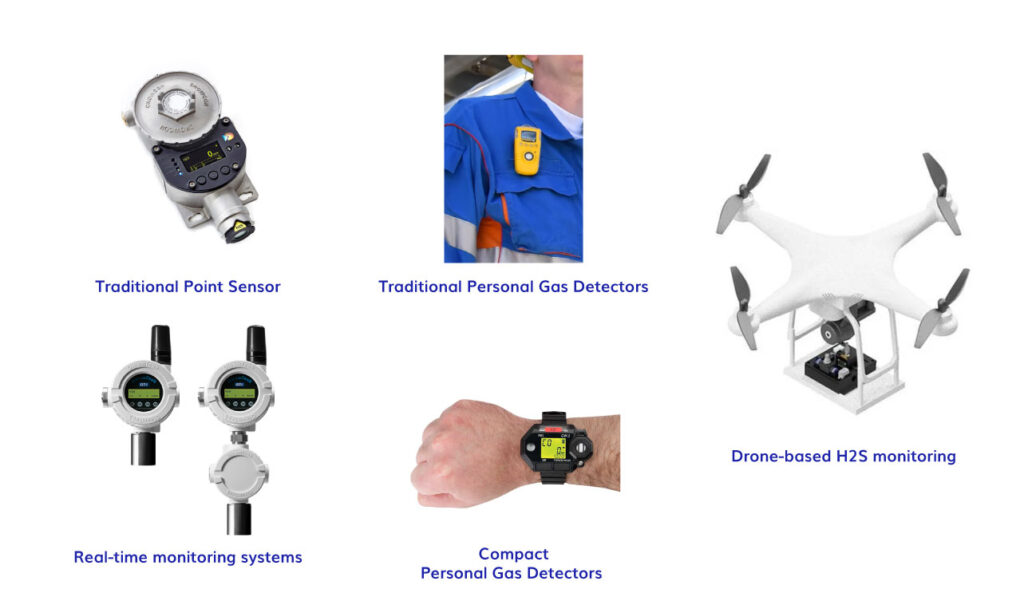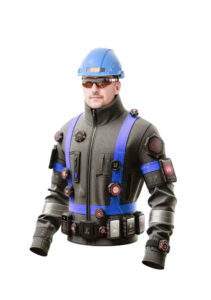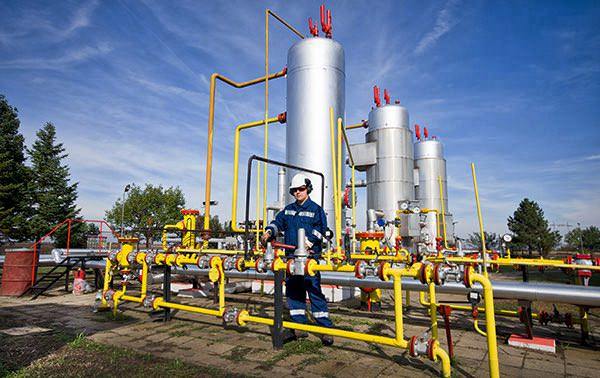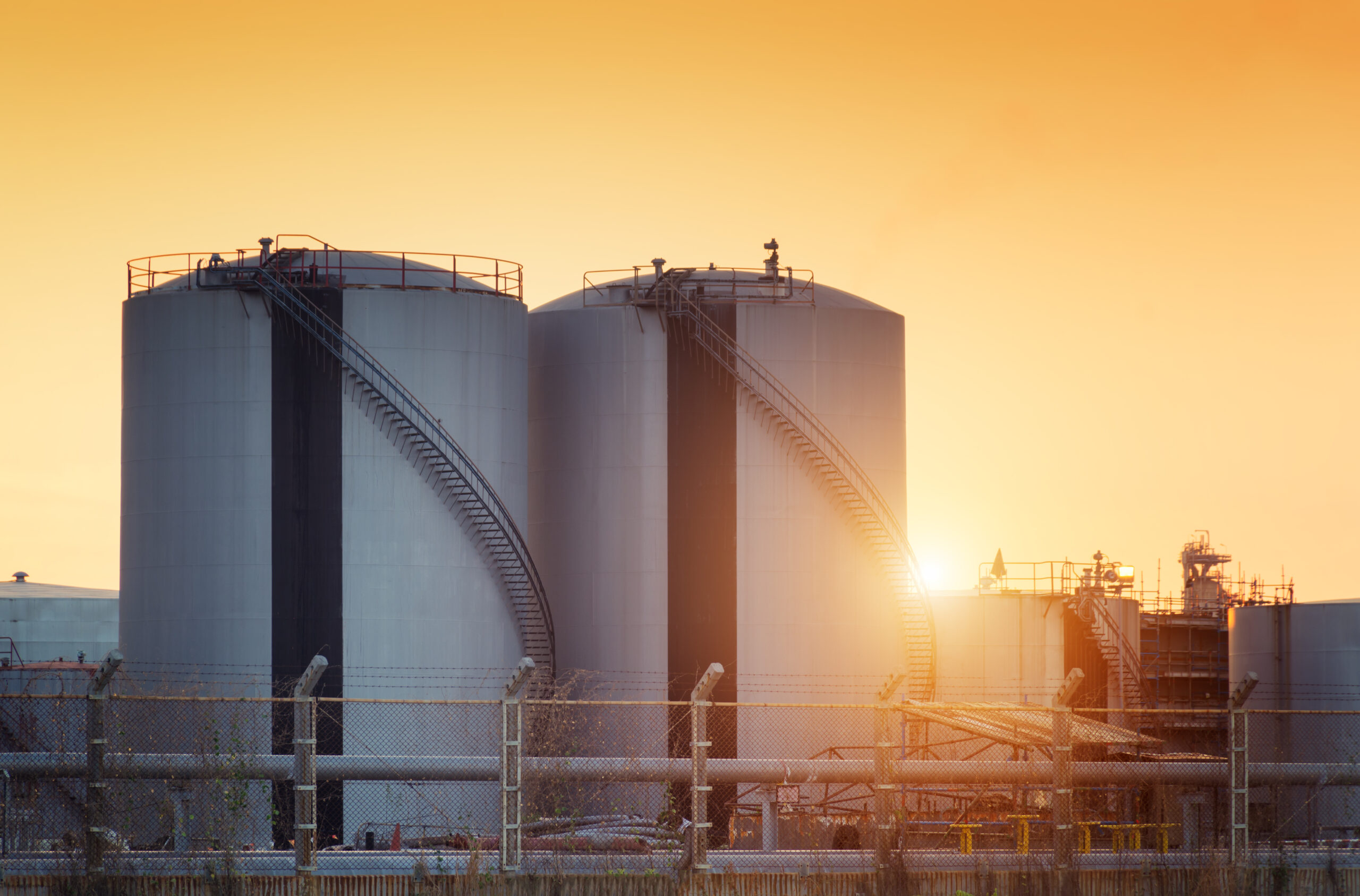What Are the Latest Advances in H2S Detection Technology?
Ensuring workplace safety from hydrogen sulfide (H2S) exposure has traditionally depended on strategically placed sensors. While these sensors are valuable, they have their limitations. Recent advancements in H2S detection technology are set to revolutionize this approach. Real-time monitoring systems, such as wireless sensor networks and smart sensors, now provide continuous data across entire areas, unlike point sensors that offer readings only from specific locations. This comprehensive monitoring enables a quicker response to potential leaks that might otherwise go unnoticed.
Personal gas detectors, often bulky and limited in their data output, are also seeing innovative transformations. New wearable technology is stepping up safety measures significantly. Modern personal gas detectors are now compact and comfortable, offering continuous monitoring and real-time alerts for workers. Health-monitoring wearables further enhance safety by tracking potential exposure symptoms, adding an extra layer of protection.
Moreover, drone-based monitoring equipped with H2S sensors is overcoming the challenge of inaccessible or hazardous sensor placements. Drones efficiently scan large and hard-to-reach areas, providing a comprehensive view of gas distribution that traditional methods cannot match. This technology ensures a thorough and proactive approach to workplace safety in the oil and gas industry.

What’s New in H2S Personal Protective Equipment (PPE)?
While traditional Personal Protective Equipment (PPE) has served its purpose well, advancements in technology are leading to a new generation of even more effective safety gear.
Advanced Respiratory Protection
Firstly, advanced respiratory protection is getting a makeover. Self-contained breathing apparatus (SCBA) are becoming lighter and more comfortable, with improved filtration capabilities for a better user experience without compromising safety. Powered Air-Purifying Respirators (PAPR) are also seeing advancements, with extended battery life and more efficient filtration, allowing for longer use in high-risk environments.
Smart PPE
Secondly, the concept of “smart PPE” is emerging. Imagine helmets and masks equipped with built-in communication systems, facilitating better coordination and teamwork during emergencies. This could be a game-changer in ensuring swift and safe responses to unexpected situations. Furthermore, PPE with integrated environmental sensors could monitor H2S levels and other critical parameters directly at the point of exposure, providing real-time data for the wearer and allowing for proactive adjustments to work procedures if necessary.
While traditional Personal Protective Equipment (PPE) has served its purpose well, advancements in technology are leading to a new generation of even more effective safety gear.
Advanced Respiratory Protection
Firstly, advanced respiratory protection is getting a makeover. Self-contained breathing apparatus (SCBA) are becoming lighter and more comfortable, with improved filtration capabilities for a better user experience without compromising safety. Powered Air-Purifying Respirators (PAPR) are also seeing advancements, with extended battery life and more efficient filtration, allowing for longer use in high-risk environments.
Smart PPE
Secondly, the concept of “smart PPE” is emerging. Imagine helmets and masks equipped with built-in communication systems, facilitating better coordination and teamwork during emergencies. This could be a game-changer in ensuring swift and safe responses to unexpected situations. Furthermore, PPE with integrated environmental sensors could monitor H2S levels and other critical parameters directly at the point of exposure, providing real-time data for the wearer and allowing for proactive adjustments to work procedures if necessary.

How Can Data Analytics Predict H2S Hazards?

Traditional maintenance relies on scheduled inspections and reactive repairs, but what if we could predict equipment failure and safety hazards before they happen? This is the power of enhanced data analytics and predictive maintenance, fueled by big data and AI.
Big Data and AI
AI algorithms can analyze vast amounts of historical data, including sensor readings, maintenance records, and even external factors like weather patterns. This allows for proactive identification of potential hazards, like H2S leaks, before they occur. Early detection empowers personnel to take preemptive measures, preventing accidents and minimizing downtime. Machine learning models add another layer of intelligence. Unlike static algorithms, they continuously learn and improve their ability to detect patterns and predict future issues. This continuous learning loop enhances the accuracy of H2S leak detection and guides the development of more effective response strategies.
Current monitoring systems often rely primarily on fixed sensors. By incorporating data from weather forecasts and historical wind direction, we can create a more comprehensive picture. This could help optimize the placement of monitoring systems, ensuring they capture critical data points even under dynamic weather conditions.
Integrated Safety Management Systems
Furthermore, integrated safety management systems offer a centralized hub for all safety data. Pulling information from various sources like sensors, wearables, and maintenance logs, these systems provide a holistic view of safety conditions across the entire operation. Speed is critical in safety situations. AI-powered systems can monitor data streams in real-time and automatically trigger alarms when they detect dangerous H2S levels. This eliminates the need for manual intervention, ensuring a faster and more effective response to safety threats.
How Are Training and Awareness Being Transformed?
Virtual Reality (VR) training is making significant strides in enhancing preparedness and response skills through immersive simulations. These VR-based training modules simulate H2S leak scenarios, allowing workers to experience and react to potential hazards in a controlled environment. This interactive learning approach provides hands-on experience with equipment and safety protocols, helping workers to better understand and remember the correct procedures.
Augmented Reality (AR) is also playing a crucial role in on-site guidance. AR headsets can display real-time H2S levels, safety instructions, and evacuation routes directly in the wearer’s field of vision. This immediate access to critical information can greatly improve situational awareness and decision-making during emergencies. Additionally, AR tools can guide workers through equipment maintenance and safety checks, ensuring that procedures are followed correctly and efficiently.
Conclusion
In conclusion, the convergence of advanced technologies like real-time monitoring, AI-powered analytics, and smart wearables has the potential to revolutionize H2S safety in the oil and gas industry. By embracing these innovations, companies can move beyond traditional reactive measures towards a future of proactive risk management. This not only safeguards worker lives but also fosters a culture of operational efficiency and environmental responsibility. What do you think? Are you already implementing any of these innovations? Would you implement them?
If you have questions or want to learn more about how we can help improve your H2S safety measures, contact us today. We are here to provide solutions that enhance your safety protocols.







